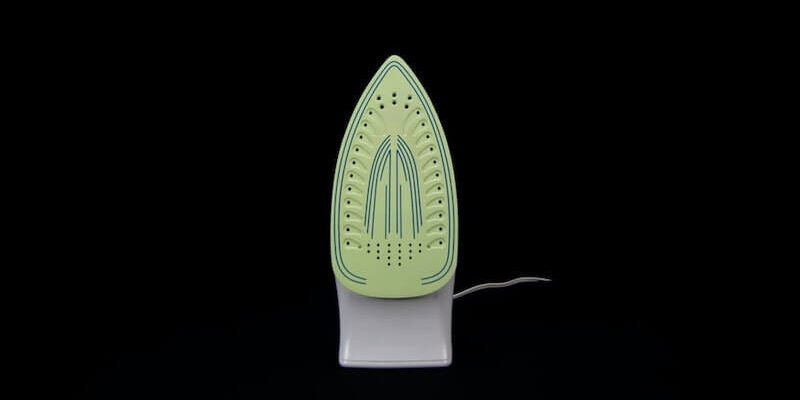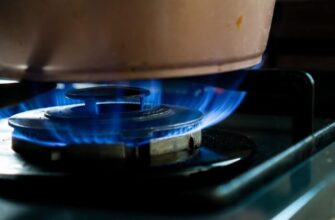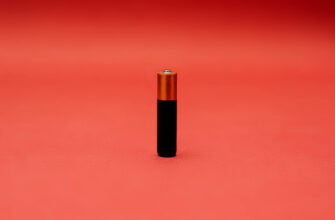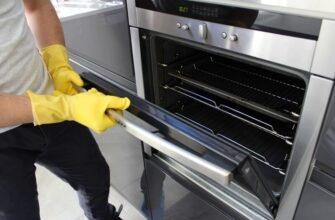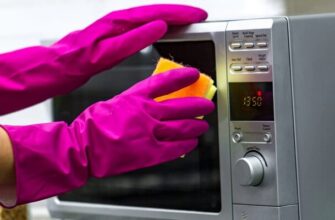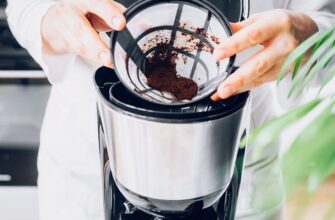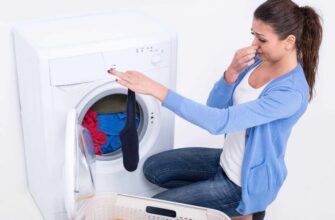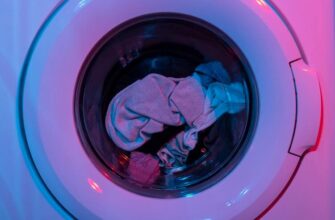To clean an iron at home from fouling, it is necessary to take into account the characteristics of the material of which its soleplate is made (aluminum, ceramic, teflon).
The times when schoolchildren were taught in labor lessons how to disassemble and repair a burnt-out iron and how to protect it from rust are a thing of the past. Modern models of irons are high-tech and reliable devices that require virtually no repairs. They come with instructions for use, and failure to follow them can lead to difficulties in operation and even breakdowns.
How to use your iron
The basic steps to take when ironing are uncomplicated:
- choose exactly the temperature mode that corresponds to the material in question and is indicated on the product label;
- fill the evaporator compartment with water specially designed for steam humidifiers or make sure the tap water is free from impurities and salts;
- after finishing ironing, inspect the heating surface and wipe it with a piece of damp cloth and, if necessary, clean it immediately;
- avoid twisting the cord;
- avoid falls and bumps – only then will the plastic parts and electronic “stuffing” serve long and trouble-free;
- after finishing ironing, wait for the appliance to cool down completely and carefully wrap the cord around the handle or along a special groove.
Such simple preventive measures will relieve you from the problem of how to clean the iron at home or look for a maker to fix it. However, even the most careful hostess occasionally has questions about how to clean the iron from carbon deposits, what to do with a yellowish plaque on the soleplate, or why the steam humidifier stopped working. Such problems can be solved quickly and easily.
How to extend the life of your iron
How easily your iron glides over your fabrics is what determines the quality of your ironing. After prolonged ironing, it is advisable to clean the heating surface with vinegar or citric acid, then wipe dry with a soft cloth. The same solutions are used to moisten cotton pads, which should be used regularly to clean the holes in the soleplate.
Antique cast iron irons were tidied up by scrubbing away rust stains with sand and emery cloth and then treating the bottom with wax or paraffin. In the list of ways to remove soot on the iron, paraffin or wax are widely used for modern models, but abrasives (sandpaper, metal brushes and sponges, knives) cannot be used. To correctly solve the problem of how to clean the iron from soot, you need to consider the properties of the material from which its soleplate is made:
- Aluminum. This metal is soft and easily scratched, and synthetic fabrics can leave hard-to-remove burn spots on it. To quickly remove dirt from melted synthetics, the heater should be set at maximum power, then remove the softened burnt layer, and wipe off the remaining traces with acetone or nail polish.Metal surface can be cleaned and toothpaste (apply to the burnt mark, let dry, then wipe and polish). It is also recommended to iron with a hot iron a cloth with fine salt scattered on it. After that, you should restore the smooth surface by rubbing it with a piece of cloth, in which wax or paraffin is wrapped, while it is heated. Slightly burnt bottoms are better cleaned with a pencil and other gentle means.
- Stainless steel is very strong and virtually impervious to corrosion, so you can remove stains from it just like you can from aluminum. However, stainless steel has a special coating (which is specified in the instructions), it will be correct to give preference to gentle methods of cleaning.
- Ceramic is very fragile (except for certain models of “Tefal”), so such a soleplate must be carefully protected from chipping. It can be cleaned with toothpaste, vinegar, citric acid, household detergents, as well as preparations for cleaning glass ceramics. Cleaning ceramics with hydrogen peroxide or hydroperitide gives a good result, of course, pencil. A cheap, effective and safe cleaning agent is a potion of baking soda, which is applied to the cold bottom and scrubbed with a soft cloth after drying, as well as laundry soap.
- Teflon, commonly found in Tefal irons, is best cleaned with a pencil, using it according to the supplied instructions. In addition, you can use special products and sponges for Teflon. If you want to quickly remove burnt spots from the Teflon layer, it is recommended to use citric acid or peroxide, and paraffin will help to restore the lost smoothness.
Descaling
The best way to keep your humidifier working properly for as long as possible is to always fill the tank with softened water, which is sold in the store (or at least boiled). Modern irons are often equipped with a self-cleaning button, and if you notice that the laundry is not humidifying properly when ironing, you should immediately perform all the appropriate operations according to the instructions. If there is no such button, you should know how to clean the iron at home from the inside.
The often recommended advice to pour a solution of vinegar or citric acid into the tank is not safe, as these ingredients can damage the parts of the internal device.
A more gentle way to remove limescale is as follows:
- Take a wide saucepan or frying pan;
- Place sticks or coins in the bottom of this dish so that the sole of the iron placed inside is not close to it;
- Prepare a solution of vinegar, citric acid or an anti-scaling agent, boil it and pour it into the pan. The level of liquid should be one and a half to two centimeters higher than the soleplate;
- After 10 minutes, remove the iron, clean the holes with cotton swabs, rinse the reservoir with clean water

